Los Angeles, Calif. Oct 18 2023
At a ceremony in the Saban Media Center at the Television Academy in North Hollywood, the Academy presented Concept Overdrive an Engineering, Science and Technology Emmy award for outstanding achievement in broadcast. This event was part of the 75th annual Primetime Emmy Awards.

Over 1400 broadcasts have featured Concept Overdrive technology in the last two decades. The software and hardware provides a toolkit for problem solving on-set, prototyping new products, and connecting the real and virtual-worlds for complex special effects, including Augmented Reality (AR). A tool for practical effects and Virtual Production, the Overdrive motion system has been used in seven different departments, from Stunts to animatronics to virtual-camera.
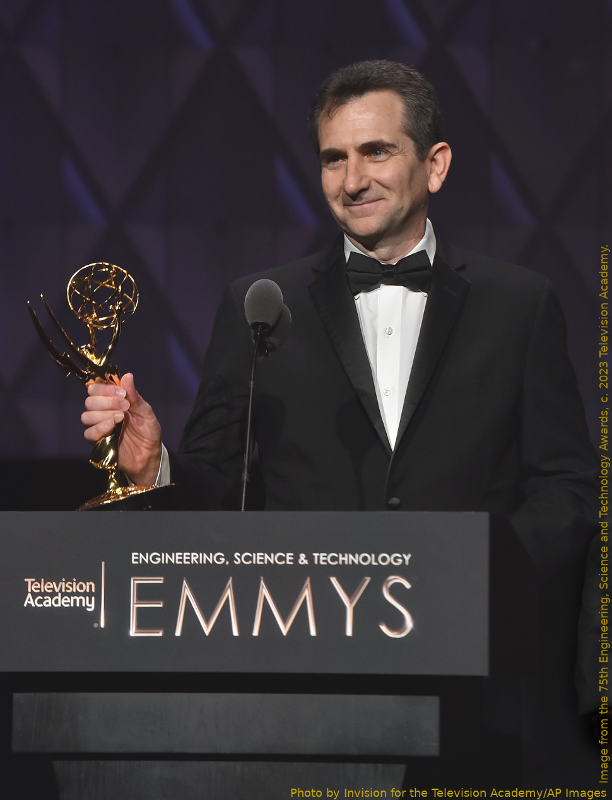
According to Emmys.com, the award is "Presented to an individual, company or organization for developments in engineering, science and technology that are either so extensive an improvement on existing methods or so innovative in nature that they materially affect the production, recording, transmission or reception of television and thereby have elevated the storytelling process."
"At this point its safe to say that if you've seen TV, you've seen Overdrive." says Concept Overdrive President and founder Steve Rosenbluth, "Thanks to the Television Academy for this great honor."
Concept Overdrive Inc. celebrates its 20th anniversary in 2024, and recently released Overdrive 3.5, which runs on 64 bit OSes and brings significant advances to the acclaimed motion control system.
Burbank, California. May 24 2022
President of Concept Overdrive, Steve Rosenbluth, delivered a keynote address for the Xenomai Worldwide Meetup, held by Intel PRC. The Real-time architecture of the Overdrive™ motion system was featured. Concurrently in May, COI released Overdrive 3.5.
The necessity of real-time computing in Film, Television and related industries was discussed in this 45 minute presentation, including case studies of motion control and motion streaming for Virtual Production.
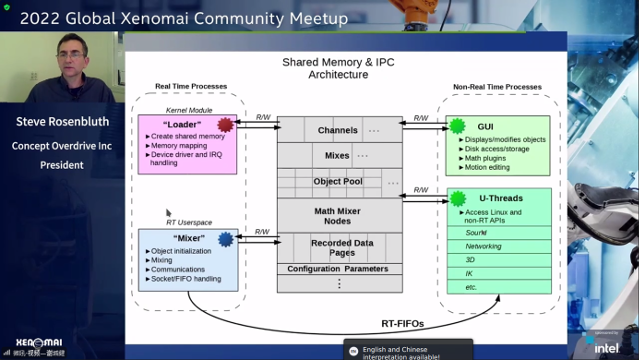
To an online audience of thousands, Steve explained how Motion Picture and Broadcast Television utilize Overdrive in seven distinct departments - for the software's extensive capabilities and safety features. From Animatronics to Camera to Stunts, Overdrive is reliable because of its real-time architecture.
In addition to being used in nearly one hundred motion pictures, hundreds of TV commercials, and 12 years of flying cameras over NFL Football games, Overdrive has been used to control Virtual Reality experience flight simulators, and more.
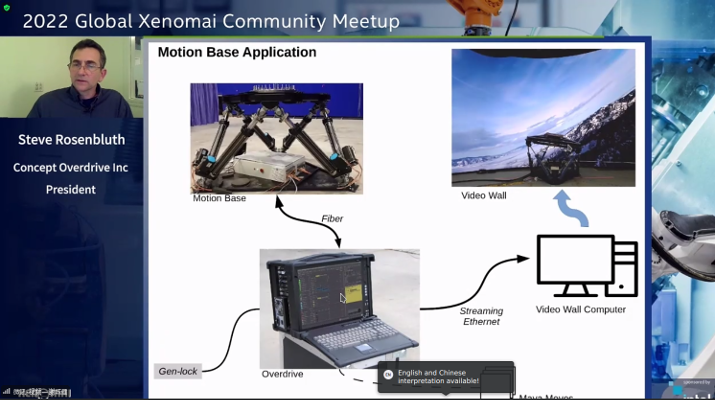
"Overdrive is still the only system which fully bridges the gap between the real and virtual worlds." company founder Steve Rosenbluth says, "When creative techniques are needed, professionals in the industry choose Overdrive."
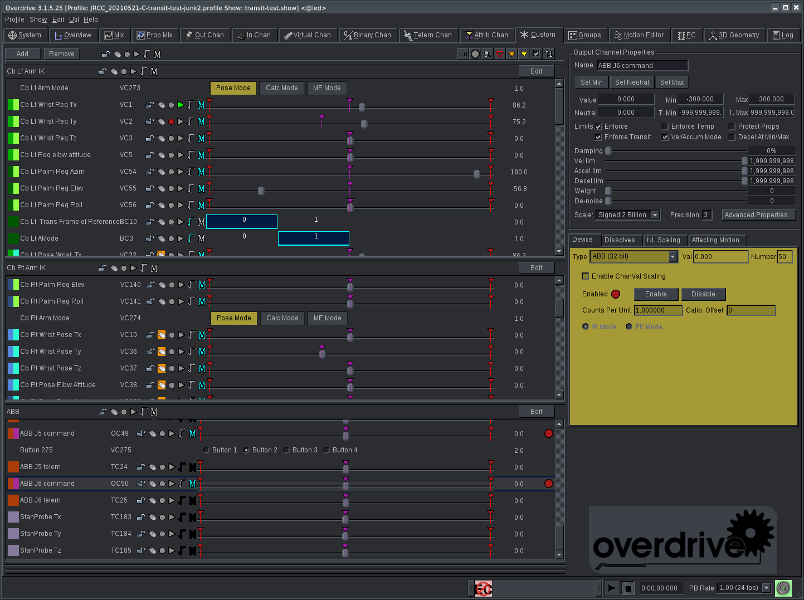
Concept Overdrive Inc. released Overdrive 3.5 in May 2022, which runs on 64 bit OSes and boasts significant advances to the acclaimed motion control system.
Hollywood, Calif. Feb 24, 2019
The film 'First Man' utilized creative effects to reach the moon, including the Overdrive™ motion control system. On the heels of the project, COI releases Overdrive 3.0.
Damien Chazelle's 'First Man' received this years Oscar® for Visual Effects, largely for its difficult-to-achieve in-camera effects and traditional techniques. The Overdrive motion control system was utilized extensively in the shooting of the film by the Special Effects crew. Overdrive literally gave the film its rugged feel - shaking actors, spacecraft and crew alike.
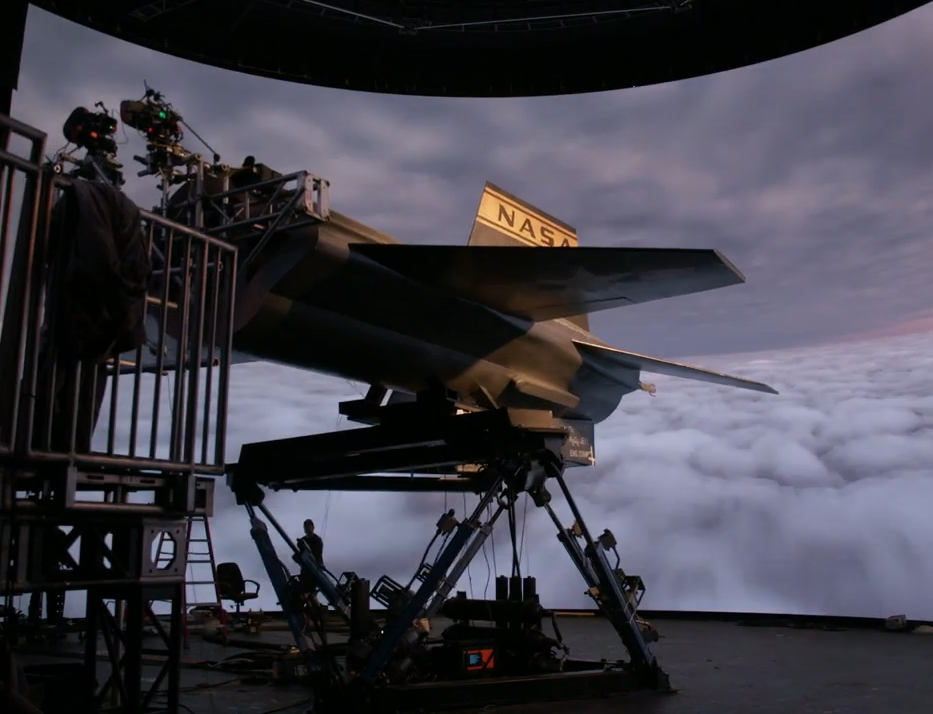
During the making of the 'First Man', Overdrive was used to control several six-axis hydraulic motion bases which carried aircraft, spacecraft, and crew. Safety was paramount with personnel on the machines all day. Utilizing its unique "reverse-solve", Overdrive was able to calculate the precise position of the motion base in 3D space, and even stream that live data into the video wall system which was essential to the film.
Overdrive controlled most of the gauges of the air and spacecraft cockpits, which were essential to the storytelling during tense sequences.
Overdrive was additionally used to control the motion of the multi-axis gyro trainer gimbal which spun Astronauts through the air in the film. This effect utilized large electro-mechanical servo motors.

"Overdrive is the only system which can do all this," Concept Overdrive President Steve Rosenbluth says, "When creative techniques are needed, Overdrive always delivers. We're proud to still be pushing the envelope after all this time in the industry."
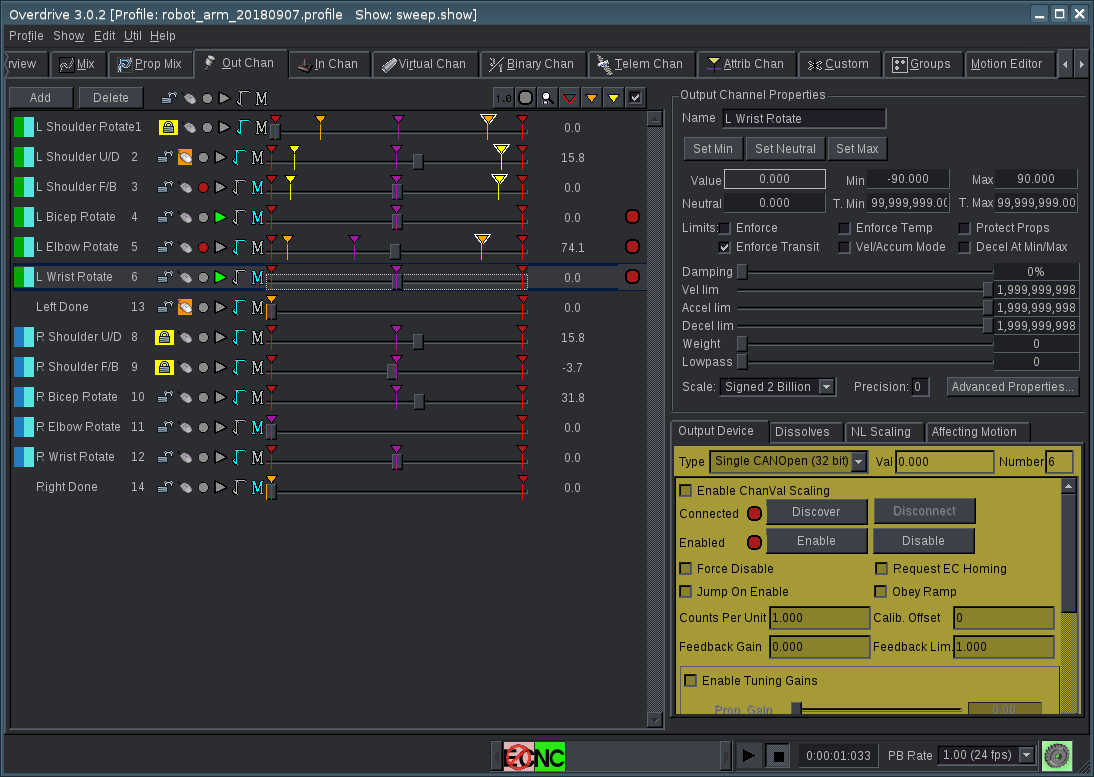
Concept Overdrive Inc. releases Overdrive 3.0 on March 1, 2019, with significant advances to the Academy Award winning motion control system.
"The Jungle Book" and "Rogue One"
Beverly Hills, Feb 11 2017
The Academy of Motion Picture arts and Sciences awarded the Overdrive™ motion system a Science and Engineering Award (2016) at ceremonies this past weekend. Concept Overdrive is additionally proud to announce its role in recent features "The Jungle Book" and "Rogue One", which topped holiday box office charts this season and are both contenders in this years Oscars®.
Overdrive™ is a computerized system which gives filmmakers a toolkit for problem solving on-set, helping connect the real-world and virtual-world during complex special effects.

On "The Jungle Book", the process of Simul-cam was performed utilizing two Overdrive™ systems to move a robotic Baloo, Bison, and Elephant atop a six-axis motion base. This process moved Mowgli's body in a realistic manner. Motion and synchronization data were streamed between the real world machine and the virtual world of computer graphics on a motion network. Overdrive™ actually solved the muscular position of the creatures, on-the -fly, from visual effects animations. The process allowed the director of photography to frame the shot and get what he needed in-camera, when visualization would have been otherwise impossible.
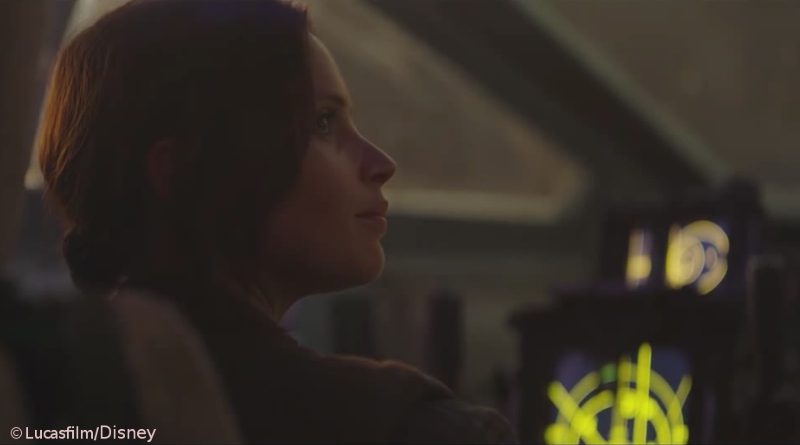
On "Rogue One: A Star Wars Story" Overdrive™ controlled the movements of the hero U-wing® ship of the film which transports the protagonists into battle, while numerous X-wings® and TIE fighters® also performed realistic flying maneuvers under Overdrive™ control. Overdrive™ additionally prototyped a streaming network between giant spaceship gimbals and motion graphics.
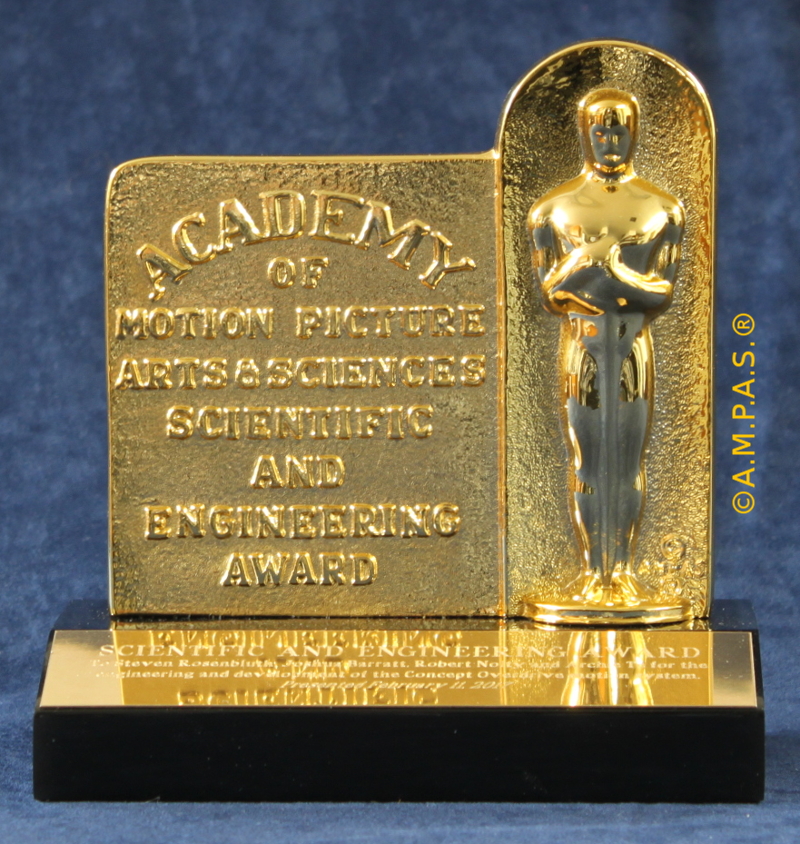
According to Oscars.org, "The Scientific and Engineering Award is given for achievements that produce a definite influence on the advancement of the motion picture industry." An award goes "To Steven Rosenbluth, Joshua Barratt, Robert Nolty and Archie Te for the engineering and development of the Concept Overdrive motion control system. This user-friendly hardware and software system creates and controls complex interactions of real and virtual motion in hard real-time, while safely adapting to the needs of on-set filmmakers. "
"Ten of the twenty contenders for Best Visual Effects in this years Oscars® utilized Overdrive™ during production", says Concept Overdrive President Steve Rosenbluth, "Overdrive™ technology has been used on 70 motion pictures in the last two decades, many in the last year - due in no small part to our partnership with European distributor Moco-FX, Ltd. We're thrilled that the industry has recognized us in this way."
* Update February 26 2017: "The Jungle Book" received the 'Best Visual Effects' award at The Oscars® this year.
* Update March 9 2017: "Godzilla: Resurgence" received 'Best Picture' and 'Best Cinematography' at The Japan Academy Prize awards. The film utilized an Overdrive virtual camera for a major portion of the pre-vis shots, and was released in the US as "Shin Godzilla".
Burbank, CA, Jan 5 2013

Concept Overdrive Inc. celebrates its first decade of high-profile technology development in 2013. From its humble beginnings in a Burbank garage workshop in 2003 to a brand, reputation, and products that industry now trusts - Concept Overdrive has stood the test of time and made its presence known in entertainment and industrial markets.
This winter audiences can see the company's "Overdrive" motion control system swaying the lifeboat in "Life of Pi", or shaking middle-earthlings around in "The Hobbit". This coming year promises to provide greater Overdrive exposure in other media too. [Update Spring 2013: The TV show "Robot Combat League" features 8ft tall fighting robots powered by Overdrive control systems.]

As a software R&D firm, Concept Overdrive has specialized in prototyping new technologies, typically in the arena of real-time motion, whether the application is virtual or moving real-world machinery. Those who watch NFL Football are familiar with the "Cablecam" which is controlled by Overdrive technology. Concept Overdrive has made a menagerie of animatronic creatures come to life over the last decade. Concept Overdrive even had the privilege of working more than four years on the worlds biggest movie, "Avatar", where six Overdrive systems were used, and the "Synthesis" pipeline software was developed, churning out over a quarter of a million renders. Some of the virtual studio technologies Concept Overdrive developed with its partners during that period have even helped shape the industry as a whole.

Steve Rosenbluth founded the company in the Spring of 2003 after developing the Overdrive system to control Tom Cruise's hydraulic stunt horse on "The Last Samurai". "We've developed a mountain of technology since then," says Rosenbluth, "both for motion control and purely digital genres. It's fascinating to think that every week of the year, audiences on every continent experience Concept Overdrive technology through some form of media and entertainment. It's very satisfying, we've literally made the world more fun."
In addition to physical effects for Feature Film, Concept Overdrive technology has expanded over the years into Visual Effects, Show Control, Gaming, Sports, Television commercials, Government, Aerospace, and Industrial Robotics. Applications include camera control, robotics, joystick/input devices, display automation, flying camera systems, virtual cameras, render pipeline software, motion capture, 3D graphics simulation, and meta-data capture.
Concept Overdrive would like to sincerely thank all those who supported and believed in the technology, and the people behind it, over the last ten years.
Los Angeles, Oct 17 2011
The robot-boxing adventure Real Steel earned over 100 million dollars worldwide in its opening week, and Concept Overdrive is proud to announce its significant role in the creation of many of the films special effects.
"We were approached by Real Steel visual effects supervisors in late 2009 because we had developed real time motion systems used on 'Avatar'." said Concept Overdrive President Steve Rosenbluth. "The robot boxing of Real Steel required integrating streams of motion, and our technology fit the Virtual Production paradigm well."
"Simul-cam", the process of combining computer graphics robots with real world actors and sets, gave the Director and the DP the experience of shooting the whole scene live. The process allowed the robot shots to be framed in-the-moment with the actors, and facilitated artistic decision-making. Concept Overdrive collaborated with partners Video Hawks and Giant Studios to provide the Simul-cam system on-set, where camera lens metadata and camera motion was streamed and stored by Overdrive systems.

As on-set robot footage accrued, Editorial renders and 'Turnover' packages for the Visual Effects house were needed. Concept Overdrive's "Synthesis" automation system churned through hundreds of robot shots and assembled scenes which were rendered in game-resolution for the Editorial department. This involved the automated combination of digital assets like robot animation, image-based motion capture footage, Simul-cam metadata and on-set take-management data. Post-production was made more efficient, and less expensive, by utilizing this system.

A new graphical take-management tool called "Upstage" was developed on Real Steel to capture stage activity, from Action, Cut, and Print events to Directors notes and camera metadata. The information entered into Upstage was databased for the Synthesis render process which the Editorial department relied upon.
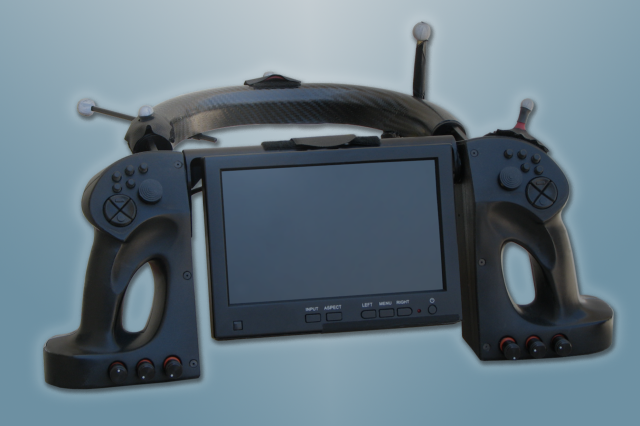
A Virtual Camera was used prominently on Real Steel to shoot the all-CGI robot boxing shots. The camera device contains Concept Overdrive DSP hardware which handles analog and digital inputs. That data is sent through an Overdrive computer to be both captured and streamed into the 3D computer graphics world. Virtual Camera devices were a collaboration between Concept Overdrive and Technoprops Inc, and were an essential part of a filmmaking process where some of the main characters exist only in computers.

The film's real-world hydraulic robots were created by Legacy Effects, who utilized an Overdrive system to perform animatronic robots like Noisy Boy, Ambush, and Atom which seamlessly matched their computer graphics versions.
In total, four Overdrive motion management systems were used during production, and a Synthesis pipeline system was deployed as 10 on-set computers. The majority of the film's robot shots flowed through Concept Overdrive systems and protocols. "Being a deterministic hard real time system, the Overdrives were the only computers on set that could gen-lock to camera shutter and time code, so they were very valuable." Rosenbluth says, "In the old Ford factory where 'Crash Palace' was set, it was really satisfying to walk from the Simul-cam area to the hydraulic robot area and find another crew using our stuff, unassisted."
The technologies deployed on Real Steel saved a lot of labor and made the virtual production run like a live-action shoot. Industry experts are now recognizing that the Real Steel technology ensemble saves productions money while giving the film-makers the tools and workflow with which they are familiar - such that shooting boxing robots is like making a live action movie.
Concept Overdrive released version 2.1 of Synthesis and version 2.6 of Overdrive in the fourth quarter of 2011.
Los Angeles, Dec 21 2009
James Cameron's 3d computer graphic adventure Avatar earned 242.5 million worldwide in its opening weekend, and Concept Overdrive is proud to announce its extensive role in the creation of many of the film's special effects.
"We were approached by the Avatar production in late 2005 because we had been developing real time motion management systems," said Concept Overdrive President Steve Rosenbluth. "The Avatar workflow was all about integrating streams of motion in the production environment, both real and virtual, so our technology was a perfect match."
Six Overdrive motion management systems were used during production, and the "Synthesis" render pipeline system was developed. Concept Overdrive technology was also integrated into Virtual Camera and Wheels applications.

Avatar's biomechanical "Amp-suit" was on a hydraulic motion base controlled by an "Overdrive" motion control system. Motion paths from Maya and Motion Builder were imported, accelerations modified on the Overdrive timeline, and ethernet SDK triggers from other systems synchronized the base with camera and CG departments.
Hi-Def camera telemetry was gathered by Concept Overdrive's streaming SDK in microcontrollers on the camera bus. Overdrive read camera focus, iris, zoom, interocular and convergence data, acting as a streaming telemetry server. Datasets were recorded in the Overdrive motion editor by remote computers using the ethernet SDK - thus the real world camera metadata was both distributed live to other departments and stored for post production.
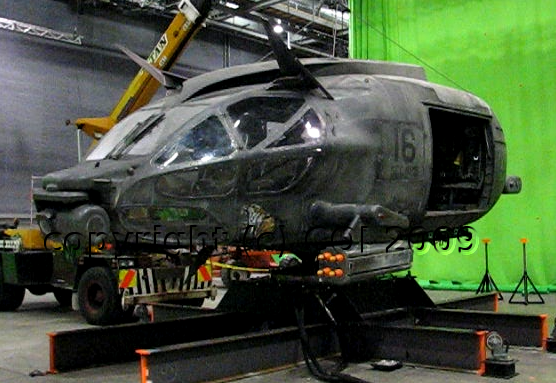
The "Samson" helicopter was filmed on a hydraulic gimbal controlled live by the Overdrive control system. Actors and camera operators alike performed inside the helicopter while outside operators simulated a flight path with joysticks. The helicopter motion was captured so the moves could be matched in the 3D computer graphic environments.

Simulcam was the process of combining real world actors and sets with computer graphics actors and sets, giving the director the experience of shooting the scene live. This new process allowed the shot to be framed accurately and facilitated artistic decision-making "in-camera". The camera motion in Simulcam, both lens data and gross positioning from an optical mocap system, streamed through an Overdrive system. The data was sent live into the 3D CGI world via Concept Overdrive's ethernet SDK, allowing the "compositing of worlds". Automated datasets were generated for post-production, and a video application called "Vcap" was developed by Concept Overdrive for the calibration process. Industry experts are saying that Simulcam was the groundbreaking technological advance of the film.
Overdrive systems were used to motion-control camera lenses in shots which utilized previously captured Simulcam data. The continuing development of Overdrive's hard real time math engine enabled the on-the-fly lens mapping.

Concept Overdrive developed the Synthesis system for Avatar, which was the editorial pipeline of the main camera stage. The harvesting of metadata from this mocap stage was largely automated by Synthesis, which assembled assets from multiple departments after each take. The system gathered the data, modified it and rendered it into computer-game resolution video files which were "digital dailies" for the editorial department. A flexible task-sequencing architecture was designed which utilized networked resources to automate the render process. Nearly every CG shot in the film passed through Synthesis; the renders were the final editorial cut of the film before the high-resolution rendering.

The Virtual Camera, which is prominent in Avatar publicity, contains a Concept Overdrive microcontroller which handles analog and digital inputs, sending them through an Overdrive system to be streamed into the 3D computer graphics world. A camera-wheels device was also developed with an internal embedded Overdrive computer; this was fed into the CG world and used for dolly shots with frame-accurate sync. Nearly every CG shot of the film flowed through Overdrive computers and protocols.
"Being a deterministic hard real time system, the Overdrive boxes were the only computers on set that could gen-lock to camera shutter and time code." Rosenbluth says, "On some shots there were four of our systems running in parallel, it was really satisfying to see it all happening simultaneously." Concept Overdrive systems ran unattended for months at a time.
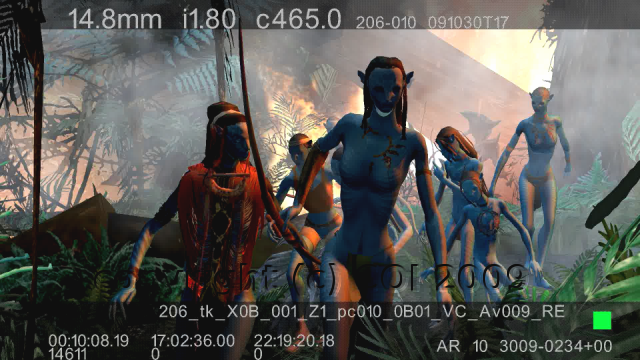
The technologies deployed on Avatar saved man-years of labor and made the virtual production run like a live-action shoot. Industry experts are calling the Avatar technology ensemble one of the greatest technological achievements of recent cinema history.
Concept Overdrive released version 1.0 of Synthesis and version 2.3 of Overdrive in the fourth quarter of 2009.
